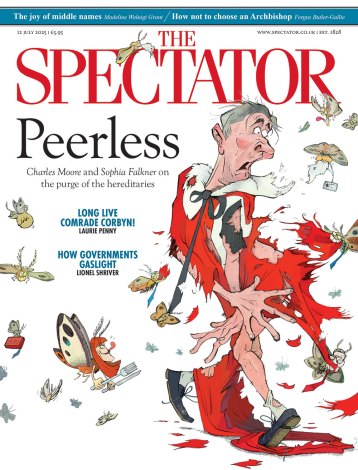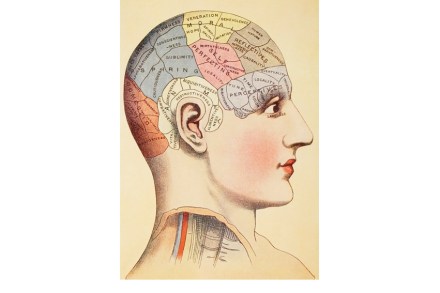A History of English Food by Clarissa Dickson Wright
It is where cookery is involved that tele-vision gives perhaps the greatest succour to the book trade. After Jennifer Paterson’s death in 1999, the remaining ‘Fat Lady’ barrelled into view with Clarissa and the Countryman, Clarissa and the King’s Cookbook, as a gamekeeper in an episode of Absolutely Fabulous and as presenter for a documentary on her soul-mate Hannah Glasse. Such exposure, combined with an unapologetic mien and candour that have attracted the somewhat patronising description ‘national treasure’, could only have helped her autobiography Spilling the Beans scale the heights of the bestseller lists and allowed the next manuscript, a year-long diary and rant called Rifling through My Drawers, to











